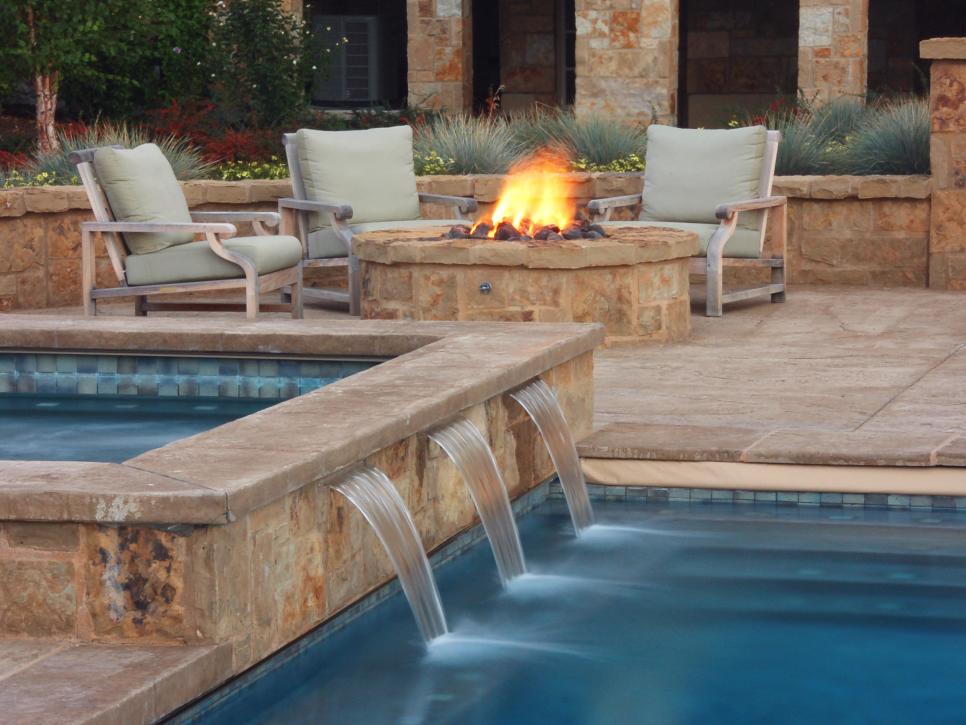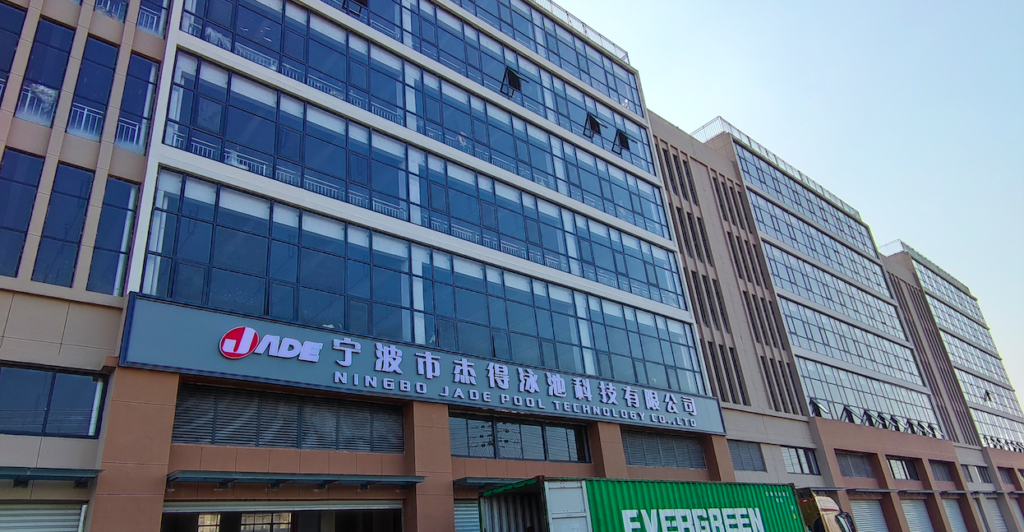
Every pool owner knows the importance of a pool pump in maintaining the health and clarity of their pool water. However, there are times when the flow from the pump might be more than necessary, leading to wasted energy and potential wear on the equipment. In this guide, we’ll explore ways to reduce your pool pump’s flow without replacing the entire pump.

At its core, a pool pump circulates water from the pool, through the filter, and back into the pool. The flow rate, measured in gallons per minute (GPM), indicates how much water the pump circulates. Several factors, including the pump’s size, design, and settings, influence this rate.

Benefits of reducing pool pump flow are as below —
Energy Savings and Cost Reduction: A reduced flow means the pump works less, saving energy and reducing your electricity bill.
Extended Equipment Lifespan: Less strain on the pump can extend its lifespan.
Improved Water Quality: Proper flow ensures efficient filtration and better water circulation.

Methods to Reduce Pool Pump Flow
Adjusting the Pump’s Settings
Most modern pumps come with adjustable speed settings. If you have a variable-speed pump, simply reduce the RPM to decrease the flow. For dual-speed pumps, switching to the lower speed can help.
If your pump is single speed, you can reduce the size of the impeller, sourcing a proper impeller is a good way, if new impeller is not available, you may take out the current impeller and reduce the diameter of the impeller by grinding with a tool. Usually the width of the impeller influences pump flow and the diameter of the impeller influences pump lift and flow, so reducing the diameter of the pump will also reduce the lift.
Installing a Bypass Valve
A bypass valve allows a portion of the water to return to the pool without passing through the filter, effectively reducing the flow. Install the valve after the pump and adjust it to achieve the desired flow.
Using a Flow Control Valve
This valve, installed on the return line, lets you control the amount of water returning to the pool. By adjusting this valve, you can manage the flow rate effectively.
Adjusting the Return Jets
Return jets push water back into the pool. By angling them differently or partially closing them, you can influence the flow rate.

Reducing your pool pump’s flow can lead to significant benefits, both in terms of cost savings and equipment longevity. With the methods outlined above, you can achieve an efficient flow rate without the need for a pump replacement.
Conclusion
Selecting the right pool pump manufacturer is a pivotal decision that affects not just the quality of your projects but also your profitability. The manufacturers listed above offer a variety of options to meet diverse needs and budgets. Whether your focus is on energy efficiency, cost, or customer service, there’s a manufacturer on this list that aligns with your business goals.
This article aims to serve as a comprehensive guide for professionals in the pool industry, helping you make informed decisions that can positively impact your business. With this information at your fingertips, you’re well-equipped to navigate the complexities of sourcing high-quality pool pumps as well as a reliable partner of pool pump manufacturer.
© 2023 Tutti i diritti riservati.